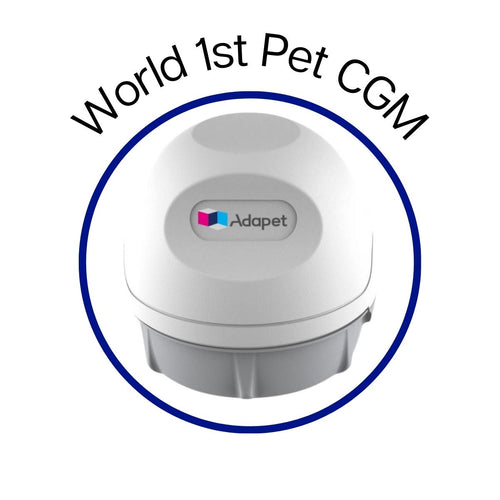Adapet Insights
Explore evidence-based articles and insights on pet diabetes management, trends, and clinical research.


Explore evidence-based articles and insights on pet diabetes management, trends, and clinical research.

